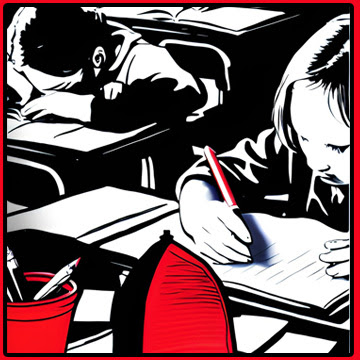How Does Fiction Reading Influence Empathy?

Last week, I discussed some fascinating questions regarding Empathy, Fiction and Imagination . Those essays were theoretical, not empirical. I thought it would be interesting to see if there is any empirical evidence that reading fiction increases one's empathy or kindness. (What the lab shrinks like to call "prosocial behavior," as opposed to "anti-social behavior.") I found a plethora of evidence that it does. Am I surprised? Not at all. I could have guessed as much based on the reading habits (or lack) of people I know. But of course, anecdotes aren't scientific, even if they do provide for pretty good "rules of thumb." Science reported in 2013 on a study done by Kidd and Castano that reading fiction increases one's ability to " comprehend that other people hold beliefs and desires and that these may differ from one's own beliefs and desires." In other words, reading fiction improves your "theory of mind": your i






